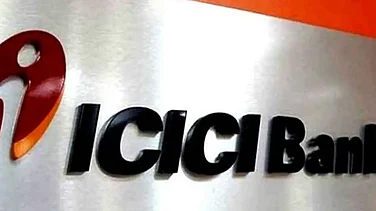The RBI’s monetary policy meeting will begin next week. And the final decision of the RBI on rate cut will be out on October 4. The most important thing to watch out for is whether RBI will go for another rate cut, if yes, than how much?
So far, RBI has reduced the repo rate by 110 basis points this year. How will this impact inflation and the economy at large? Lets take a look
What Is Repo Rate?
Repo rate is the rate at which the RBI lends money to commercial banks. Repo rate is also an instrument of monetary policy.
Advertisement
So, when the central bank reduces the repo, then banks get funds from the RBI at a cheaper rate. In simple terms, the cost of borrowing gets reduced for commercial banks.
Who Decides Change Of Rates?
A six-member monetary policy committee, with three top RBI officials (including the governor and deputy governor) and three government nominees who meet once in every two months, are responsible for deciding the repo rate.
The members cast their vote on proposals and in cases of a tie, RBI governor Shaktikanta Das, who is also the chairperson of the committee, has the casting vote.
Until 2016 the decision would solely be taken by the RBI governor, who would then decide whether to go for a rate cut after consulting with a technical advisory committee.
Advertisement
How Repo Rate Will Impact Inflation?
The impact of repo rate on inflation and the rest of the economy is known as the transmission mechanism.
As the Indian economy is going through an economic slowdown, thus in order to boost consumption and demand in the economy, the RBI had slashed the repo rate in the past.
So, when RBI increases the repo rate, the market interest rates rises too. This will lead to a decrease in consumption and investments, and ultimately a reduction in the demand. This will eventually lead to a decrease in the rate of inflation.
On the flip side, when RBI slashes the repo rate, the market interest rates also go down. This will lead to increase in consumption and investment, and ultimately increases the demand. But as the India’s inflation rate is under control, thus RBI has room to go for another rate cut.
However, India cannot achieve all the goals through one policy alone. The pressing issue that India is facing at the moment is consumption and demand, that is why all the monetary policies are aimed at addressing consumption and demand and RBI is consistently cutting down the repo rate.















 Just one email a week
Just one email a week